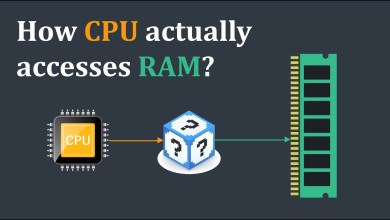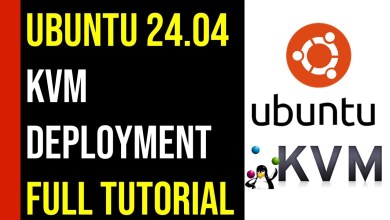A Step-by-Step Guide on Accessing Parallels Windows Localhost from Mac
Summary: Learn how to seamlessly access Parallels Windows localhost from your Mac with this detailed guide. Boost your productivity by connecting your development environments effortlessly.
—
A Step-by-Step Guide on Accessing Parallels Windows Localhost from Mac
In today’s increasingly digital world, many professionals find themselves shuffling between different operating systems for their various needs. One common scenario involves developers using a Mac for their primary operations but needing to access a Windows localhost environment using Parallels Desktop. This guide provides a comprehensive guide on how to achieve this seamlessly.
Understanding Parallels Desktop
Parallels Desktop is a powerful virtualization software that enables you to run Windows on your Mac alongside macOS without the need for rebooting. It’s a handy tool for developers who require the versatility of both operating systems simultaneously.
Why Access Windows Localhost from Mac?
Accessing Windows localhost from your Mac is critical for web developers or IT professionals who might be running a server or database on the Windows side but using development tools on the macOS side. This integration aids in maintaining a more flexible and efficient workflow.
Steps to Access Windows Localhost from Mac
Here’s a step-by-step guide to help you access your Parallels Windows localhost from Mac:
Step 1: Configure Network Settings
Firstly, ensure that your Parallels Windows virtual machine (VM) is running and properly configured. To do this:
Open Parallels Desktop and start your Windows VM.
Go to Actions > Configure.
Select Hardware, and then choose Network.
Ensure that the network mode is set to Shared Network (Recommended). This setting allows your Mac to share its network connection with the Windows VM.
Step 2: Determine Windows IP Address
To access the localhost, you need the IP address of your Windows VM:
Open Command Prompt in Windows (cmd).
Type ipconfig and press Enter.
Look for the IPv4 Address under the network adapter that’s in use. Note this address, for instance, 192.168.0.102.
Step 3: Edit Hosts File on Mac
To make it easier to access the Windows localhost, you can map the IP address to a more convenient name by editing the hosts file on your Mac:
Open Terminal on macOS.
Type sudo nano /private/etc/hosts and press Enter.
Enter your password when prompted.
Add a new line: 192.168.0.102 windows.local, replacing 192.168.0.102 with your actual Windows IP address.
Press Control + X, then Y, and Enter to save the changes.
Step 4: Access Windows Localhost
You should now be able to access the localhost environment of your Windows VM from your Mac. Simply open your preferred web browser or development tool on macOS and navigate to or the IP address you noted down.
For example, if you are running a web server on Windows localhost at port 8080, you can access it via or from your Mac.
Troubleshooting Tips
Check Firewall Settings
Ensure that the firewall settings on your Windows VM allow traffic through the port you’re using. You can adjust these settings via Control Panel > System and Security > Windows Defender Firewall.
Validate Connection
If connection issues persist, you can try pinging the Windows IP from your Mac using the ping command in Terminal (ping 192.168.0.102). This helps ensure network connectivity between the systems.
Restart Services
Sometimes a simple restart of both the Mac and the Windows VM can resolve connectivity issues.
Conclusion
Accessing Parallels Windows localhost from Mac can significantly streamline your workflow by merging the strengths of both operating systems. By following the steps outlined in this guide, you can easily set up and access your development environment across platforms, thereby enhancing productivity and efficiency.
[ad_2]
source



